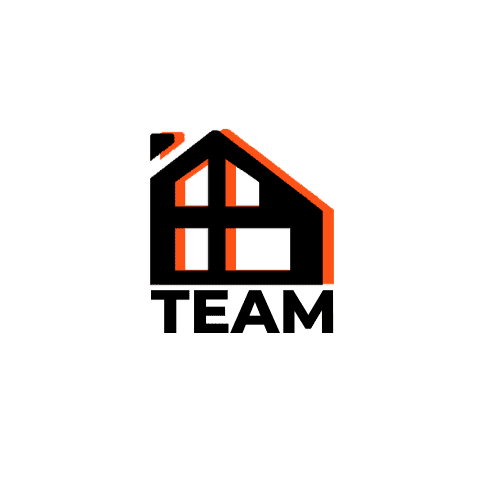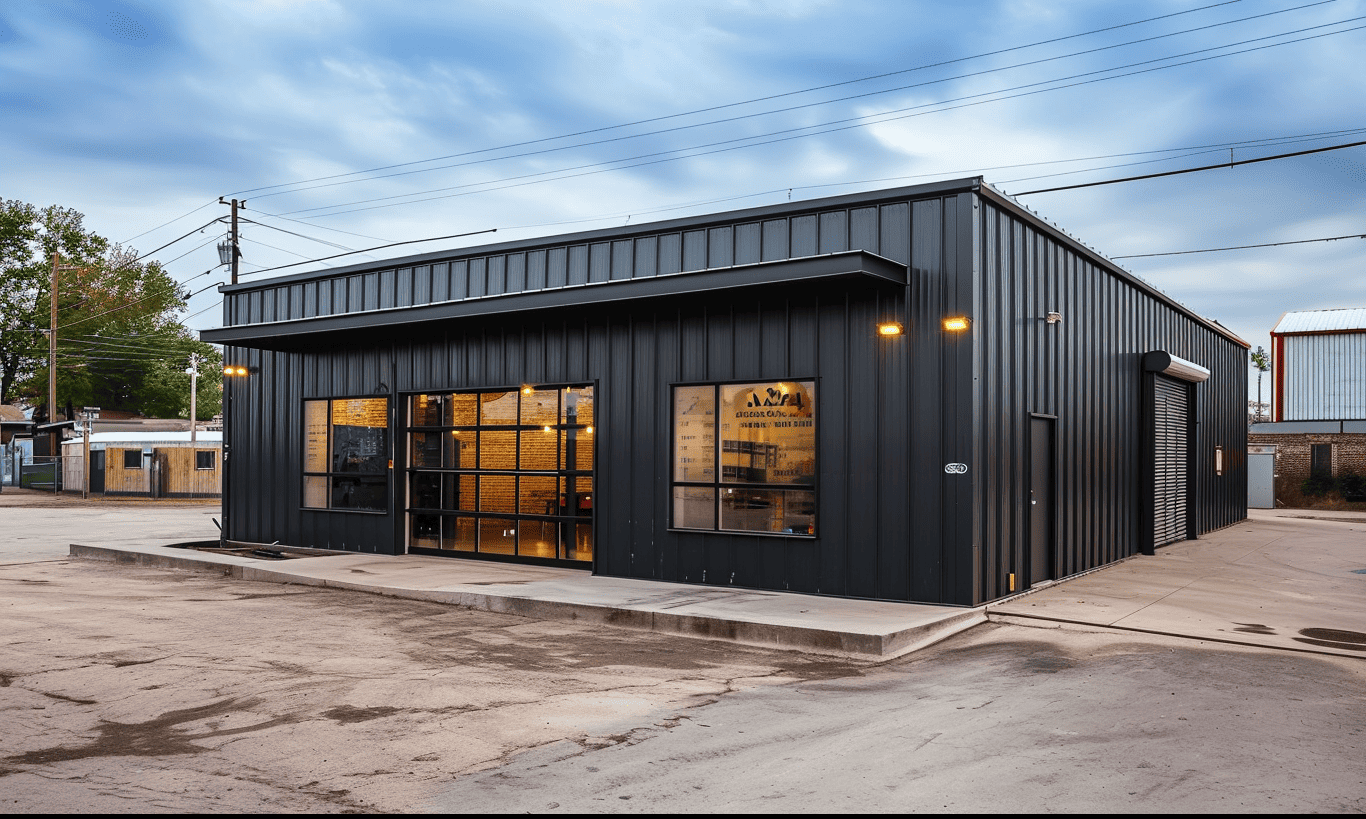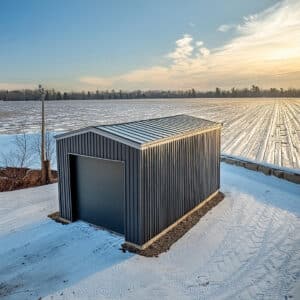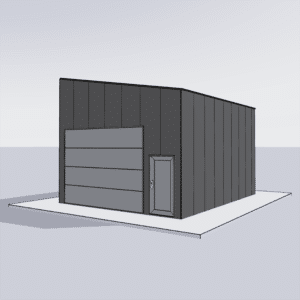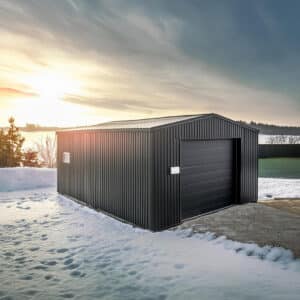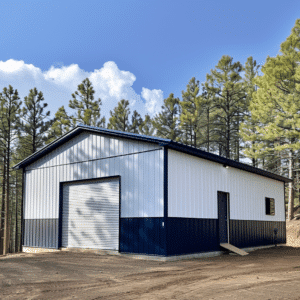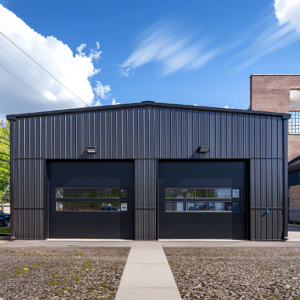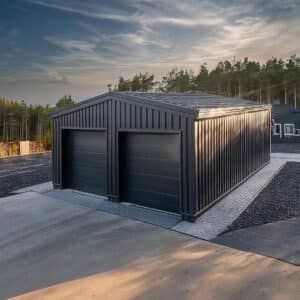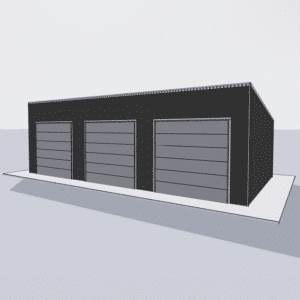In the fast-paced world of steel construction, staying on top of the latest updates in building codes can feel a bit like trying to catch a moving train. Just when you think you’ve got a handle on all the necessary standards, along comes a new update, reshuffling the deck and introducing new challenges. But don’t worry—this guide will help you navigate the ever-changing landscape of steel construction codes.
Understanding the Importance of Staying Updated
As a builder, contractor, or project manager, you’re likely all too familiar with the necessity of complying with steel construction codes. Adhering to these codes is non-negotiable if you wish to avoid costly penalties or, even worse, jeopardize the safety and integrity of your construction projects. Keeping up to date with these changes is akin to ensuring your ship remains watertight in turbulent seas. But why are these updates so frequent, and what should you focus on?
Steel construction codes are updated to reflect advances in technology, lessons learned from past construction failures, and evolving safety standards. For instance, as new materials and techniques become available, codes must be adjusted to cover their use effectively. These updates ensure that constructed buildings are not only safe but also efficient and environmentally friendly.
Key Resources for Staying Current
You might be wondering, “Where do I even start?” Keeping up with steel code updates can seem daunting, but some fantastic resources can make the task less tedious. Checking the Steel Building Codes & Permits section on websites like Your Building Team is a good starting point for localized insights.
Additionally, the National Building Code updates provide comprehensive national changes that will impact how steel structures need to be conceived, engineered, and legally endorsed. Following these updates helps ensure that designs meet all required legal and safety standards.
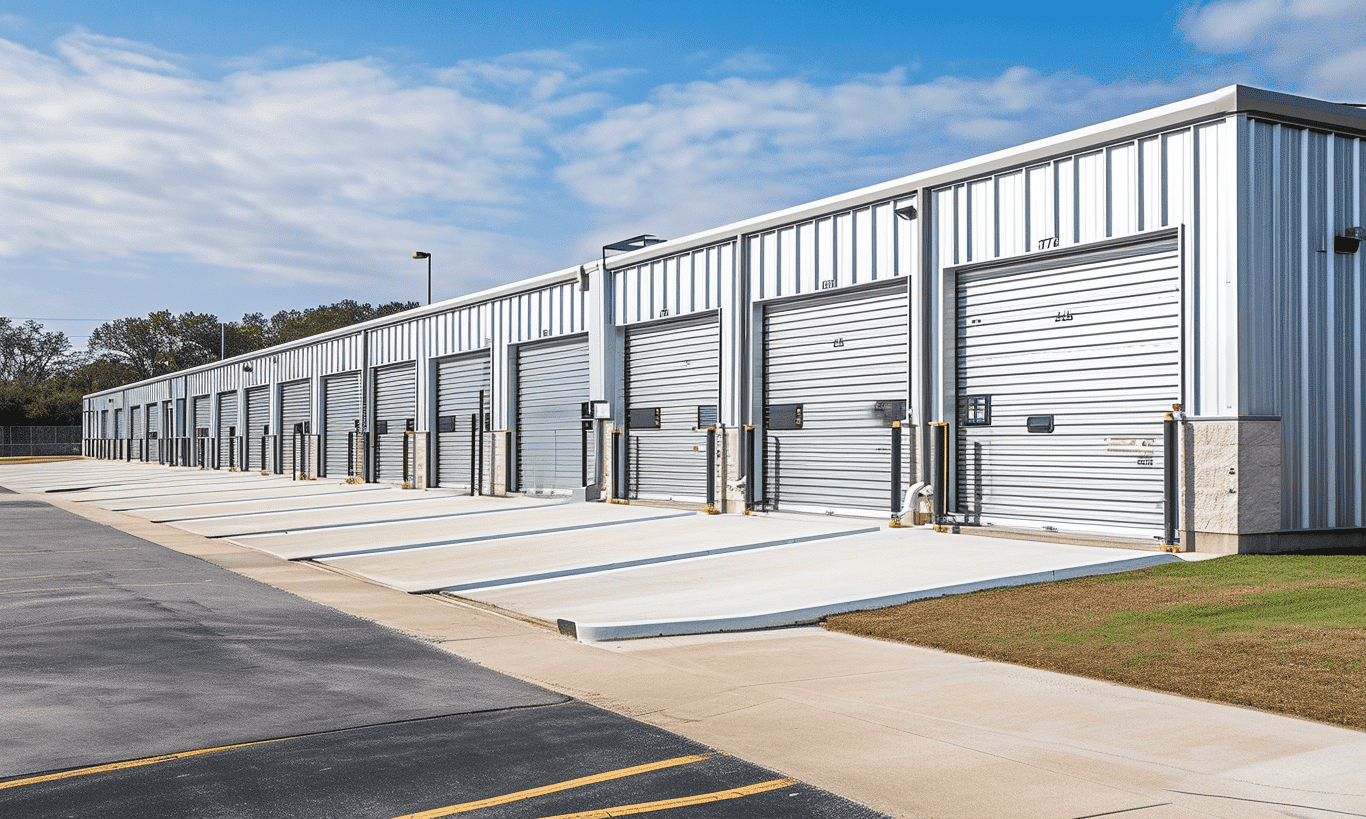
Breaking Down Key Code Updates
Changes in steel building codes can cover a broad spectrum of topics—from seismic bracing standards to accessibility requirements. Here are some key areas where updates tend to occur:
Structural Integrity and Safety
Structural updates tend to focus on how buildings should be designed to withstand external pressures like wind and snow loads. With new climate realities, regional adjustments are common to steel building codes. Evaluating these changes ensures that your structures are resilient to natural factors—a necessity when considering the unpredictability of mother nature.
Environmental and Efficiency Standards
Sustainability is no longer just a buzzword but a key component of modern building codes. Updated steel construction codes now often reflect guidelines for reducing carbon footprints and increasing energy efficiency. By implementing greener practices and technologies, construction projects can adhere to these standards, contributing positively to the community and environment.
Fire Safety Regulations
One of the most critical aspects of steel construction is fire safety. Updates may include advancements in sprinkler systems, fire-resistant materials, and the strategic layout of escape routes. Ensuring compliance with the latest guidelines is critical to protecting human life and property.
For a more detailed exploration of code requirements and recent updates, visit Updated Steel Construction Codes for comprehensive guidance.
How to Implement Updates in Your Projects
Once you’re familiar with the applicable updates, turning knowledge into action is the next step. Begin with a thorough review of your project plans to identify areas needing adjustments. This might mean recalculating load requirements or seeking new materials that better meet efficiency standards.
Regular training sessions with your design and construction teams will keep everyone aligned with the updated protocols. Fostering an environment of continual learning and adaptation ensures your project remains compliant and reduces the likelihood of costly setbacks.
Including questions like “Have we checked the latest steel code updates?” in your project kickoff meetings or interim checkpoints can keep this practice habitual.
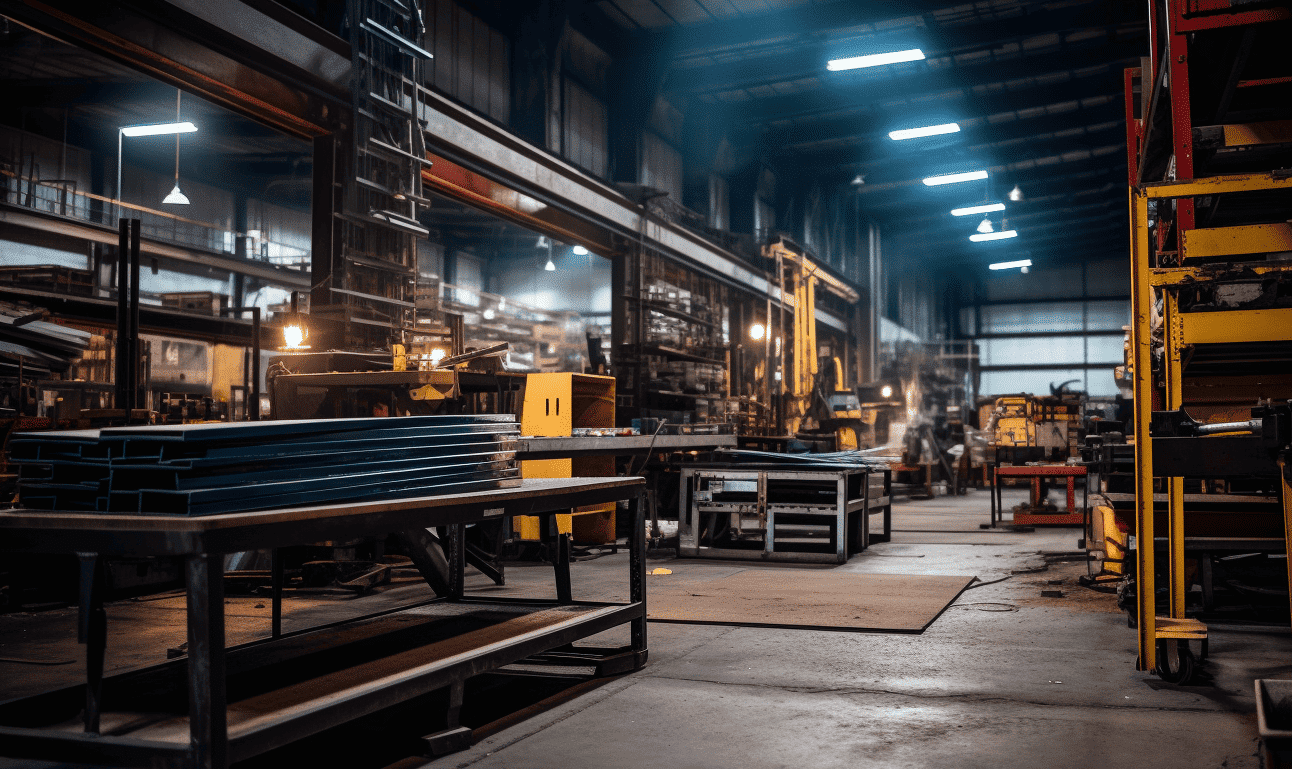
Frequently Asked Questions about Code Compliance
Still have questions? No issue. Explore the Code Update FAQs to get insights into specific queries you might encounter on the go. Understanding the frequently asked questions surrounding code changes can preemptively address your customers’ concerns as well.
Looking Ahead: Future-Proofing Your Approach
In an industry defined by constant change, forward-thinking strategies are key. Keep an eye on emerging trends such as modular construction and smart materials. As codes evolve to possibly include these elements more broadly, your readiness to pivot will set you apart. Regularly engage with forums and workshops to remain at the forefront of industry changes.
Staying afloat in the sea of Code Compliance for Steel Buildings isn’t as daunting when you’re armed with the right resources and strategies. Commit yourself to an ongoing cycle of learning, adapting and implementing, and you’ll not only meet the current codes but set a standard for excellence in the industry.
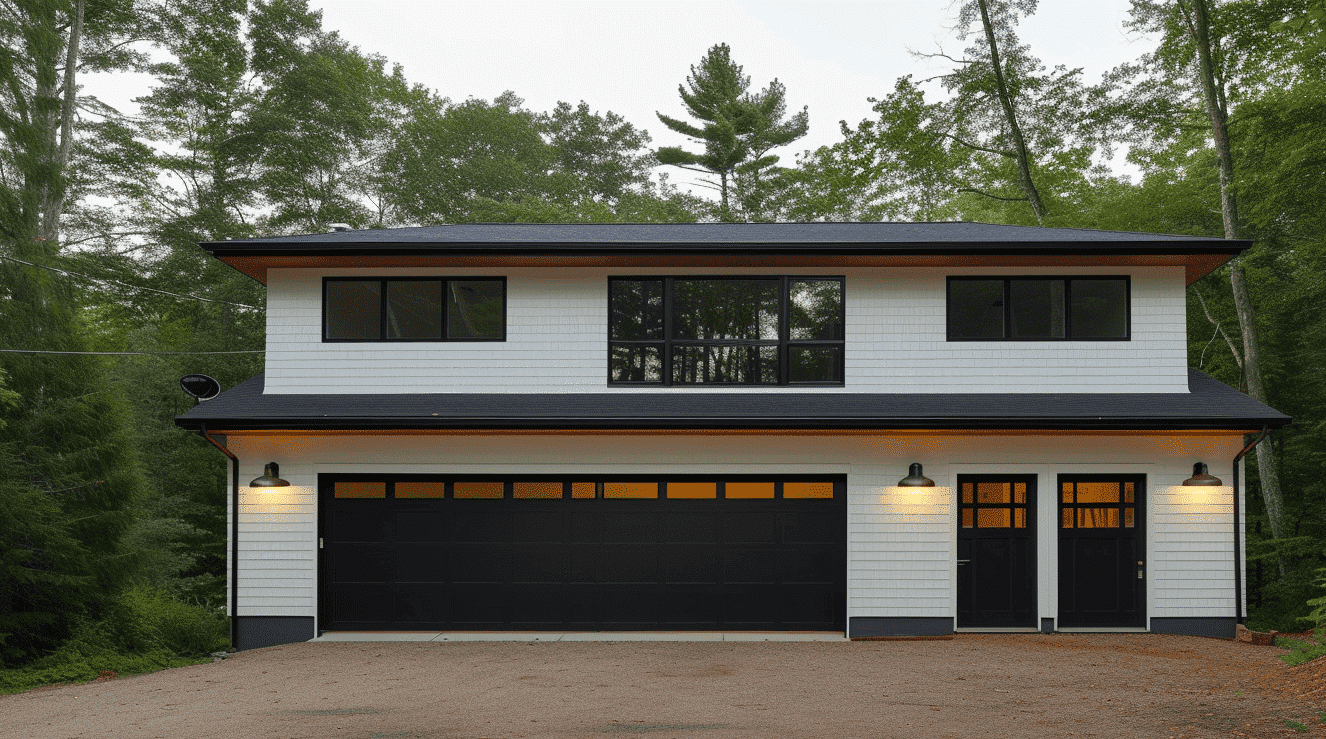
In conclusion, while the process of keeping up with steel construction code updates can resemble a never-ending race, it’s a race worth running. Staying informed and proactive about these changes isn’t just about compliance; it’s about creating safe, sustainable, and future-fit structures. So the next time a code update comes through, you’ll be geared up to tackle it head-on—keeping your projects at the cutting edge of modern construction.
